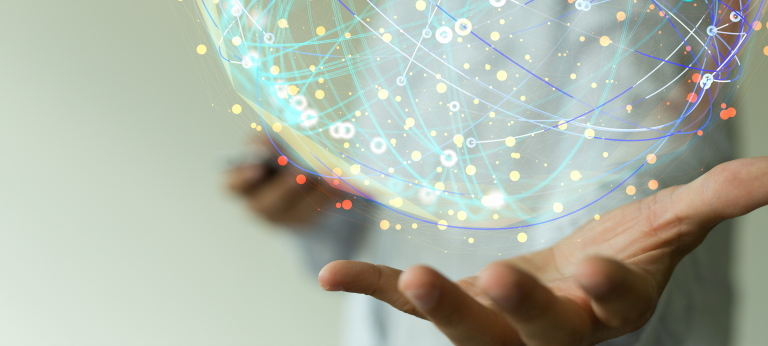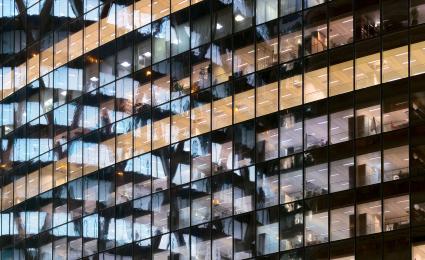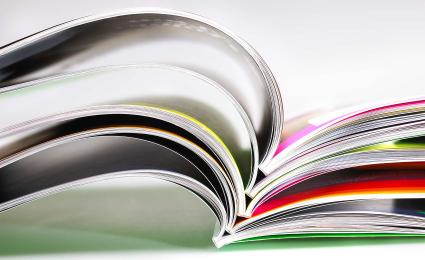The transition to a more sustainable energy system requires decarbonization through the increase of renewable energy sources and improvements of energy efficiency. Over the past decades, energy prices of renewables, for example in the form of electricity from wind and solar, have fallen and are now competitive with prices for fossil fuels, thus creating incentives to accelerate the transition. Further technological innovations are needed to support this new energy landscape, particularly with a view to energy storage.
Some raw materials are exceptionally well suited for a move away from linear to more circular production processes. Going forward, a circular economy concept based on the four Rs (reuse, repair, remanufacture, recycle) promises a more regenerative, less wasteful economic system. Furthermore, when circular principles are extended to food production and consumption, challenges concerning future food demand, required land use, and arising emissions can be overcome.
How companies can take advantage of megatrends
There are many levers for companies to not only cope with environmental and resource related megatrends but to take advantage from them.
As climate change affects the business model of every company – be it through changing regulation or extreme weather events for example – companies must examine their value chain, their product-market mix, and their revenue models along the lines of possible impacts, and develop solutions for processes and products. Pollution affects essential impact factors of companies, from water and soil to the working environment of their employees. Companies need to ensure to minimize the negative impact of pollution on their business.
In the context of declining biodiversity, companies may be confronted with the fact that they can obtain fewer services from the natural environment, that regulation will become stricter and that their reputation will be threatened if they themselves contribute to declining biodiversity. Companies must address potential risks and therefore adapt their processes and organization.
Water is an essential resource for companies. To secure water supply, companies should optimize their consumption, invest in cycles and check whether it makes sense to obtain water from different sources.
Energy is a critical resource for every business. The clean energy transition is causing a heightened demand for a broad range of commodities. Companies should develop relationships with multiple suppliers to help mitigate shortages of supply. Concerning materials, companies can explore existing alternatives or invest in R&D to find possible replacements. In addition, companies need to understand and consider circular economy concepts beneficial to their business model.
![{[downloads[language].preview]}](https://www.rolandberger.com/publications/publication_image/roland_berger_trend_compendium_2050_trend_3_environment_and_resources_cover__download_preview.png)






_image_caption_none.png?v=1044410)
_image_caption_none.png?v=1044416)




